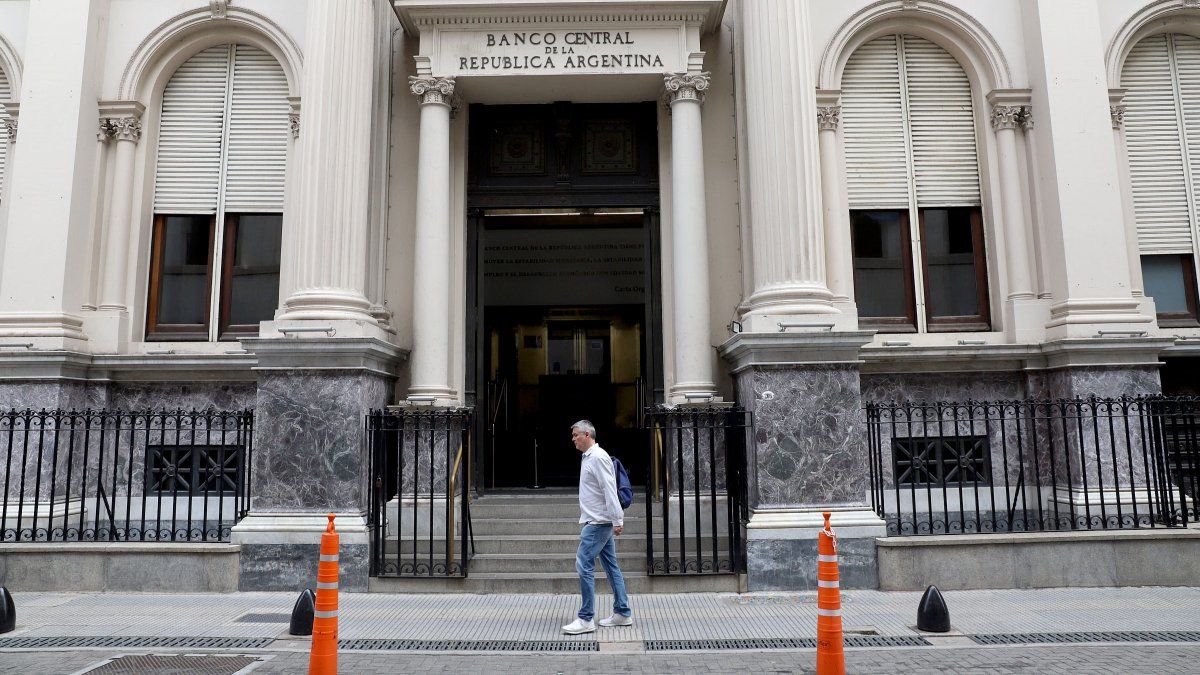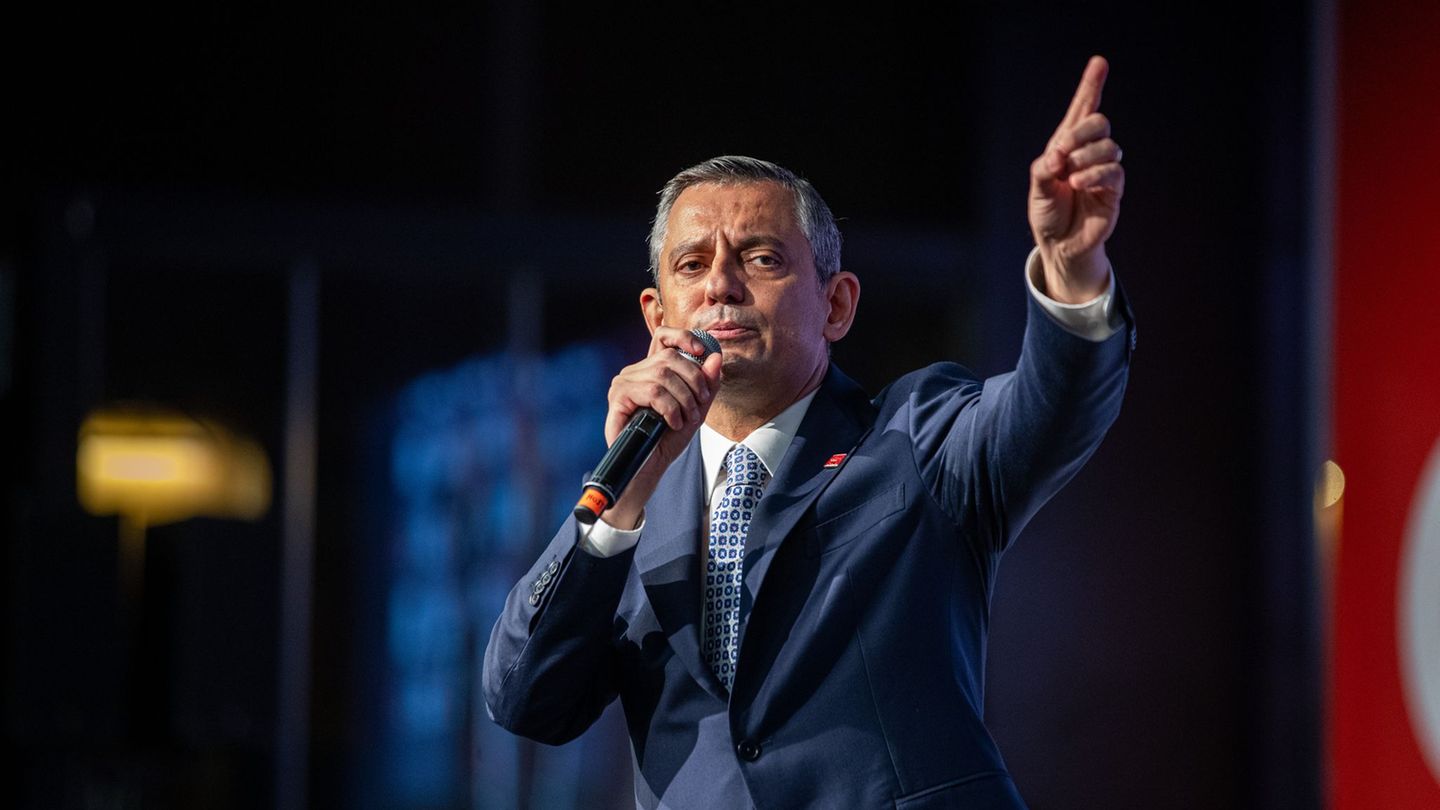“After the successive reductions in the reference interest rate and the effect that this had on the price of financial dollars, the BCRA is seeking to accelerate the cleaning of its balance sheet,” explains Ambit Regarding the dynamics Ignacio Zorzoli, Director of Finance at the Center for Economic Studies Argentina XXI (CEEAXXI).
The strong rebound of the blue dollar in recent times was influenced by the latest BCRA rate cut, led by Santiago Bausili, who, after learning of the inflation rate for May (8.8%) decided cut the monetary policy rate for the sixth time since the beginning of the administration. On that occasion, he did so in 10 percentage points and brought it to 40%.
Let us remember that In June, the blue jumped $140 (+11.4%) and, in May, this exchange rate had already climbed $185 (+17.8%), after three months with slight fluctuations. This month, it also marks an upward trend and has already exceeded $1,400.
The rise of the blue dollar puts pressure on the BCRA to raise the rate
In this context, many analysts consider that It is virtually impossible for there to be a ceiling for parallel dollars if there is no rate increase“If the Government does not move forward with a change in the reference rate, the direction of surplus resources becomes more complex and today there are many pesos in circulation,” he says in this regard. the economist Federico Glustein.
It is worth mentioning that the Fixed-term deposits today offer an average return of 31% annual rate in banks, which is equivalent to a monthly interest rate of 2.5% (TEM), well behind the inflation data for May, which was 4.4%, and June, which is expected to be around 5% or more, even below last month, which was around 3%.
The drastic drop in interest rates collapsed the Fixed deadlineswhich, according to data from the consulting firm LCG, experienced a real drop of 7.6% in Junethe worst year-on-year decline, as they sank by 51.7% in one year. Meanwhile, All loans underwent significant restructuringgrew by 13% compared to what had been seen in the previous month.
Inflation, the sword of Damocles for fixed-term deposits
In this context, Economist and director of MyR Consultores, Fabio Rodríguezindicates that, “given the situation of the exchange market, the tension that there has been with financial dollars in the last 60 or 80 days and, furthermore, taking into account that we are heading towards an inflation that could be around 5.5%, it is expected that a rate hike will be promoted.”
The International Monetary Fund (IMF) demands that the Government further decline in inflation and a return to positive real rates. For this reason, Caputo announced that he plans to leave negative rates behind in order to encourage access to term deposits, which remain at a lower level than last year.
In fact, This idea of leaving negative rates behind was hinted at in the latest Treasury tenders in which Finance improved the yields of the Lecap and brought them to around 4.2%-4.5%.
Thus, for Rodríguez, what is seen is “that the rates are falling short” and he points out that it is advisable for the Government to raise them, but warns that “It is not clear how this would be transferred to the saver.” and anticipates that this will not be clarified until they explain how this “new plan for the BCRA’s liabilities, which was announced as a change in the monetary scheme” works.
The plan for banks gives the BCRA back control over rates
Zorzoli points out that the main idea of last Friday’s conference is to transfer the debt that is currently in the hands of the monetary authority to the Treasury, which would give the Central Bank back the ability to manage monetary policy based on its objective of lowering inflation. He believes that, “to do so, it is necessary to move to a zero-emission scheme and that is achieved without remunerated liabilities playing against it.”
In this sense, he anticipates that, when the debt passes into the hands of the Treasury, It is highly likely that the BCRA will raise the rate to bring it into positive real territory for the first time in Milei’s governmentThis, according to City analysts, would take pressure off the exchange rate and help sterilize money, consolidating the downward path of inflation.
However, from the consulting firm Eco Go, economist Alan Versalli points out that in the base scenario they consider that “there will be no changes in the interest rate between now and the end of the year.” This hypothesis is based on the fact that they consider that The Government has no room to lower it because it could overheat The gap, which reacted strongly after the last drop, is widening even further. They also consider that they have no interest in increasing it, since the migration to the new monetary regulation bills (which do not pay Gross Income) implies an improvement of 8 pp.
The truth is Much of the market expects, given the context and the signals that the economic team has been giving, that there will be a rate hike in the medium term.that is, once the transfer of the BCRA’s liabilities to the Treasury has been completed, as announced and as agreed with the banks. However, Other voices consider that it is unlikely that the Government will move forward in that direction and will bet, more than anything, on the fact that the fall in inflation will turn the interest rate positive. or a change in the reference rate from the repo rate to the Treasury rate, which is the one paying for the Lecaps.
Source: Ambito
I am a 24-year-old writer and journalist who has been working in the news industry for the past two years. I write primarily about market news, so if you’re looking for insights into what’s going on in the stock market or economic indicators, you’ve come to the right place. I also dabble in writing articles on lifestyle trends and pop culture news.




